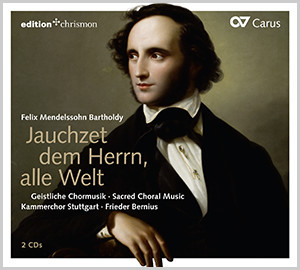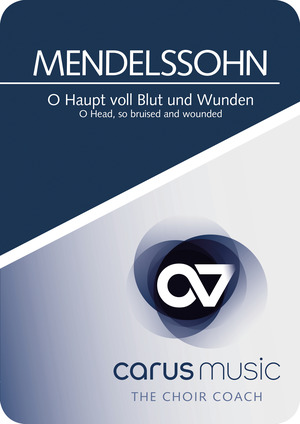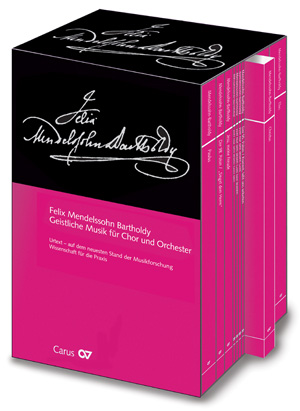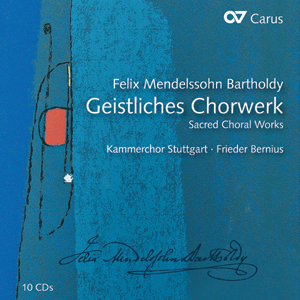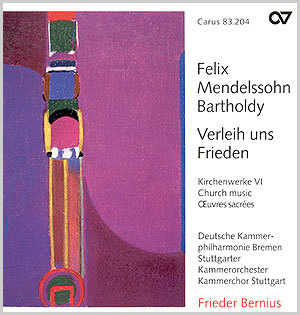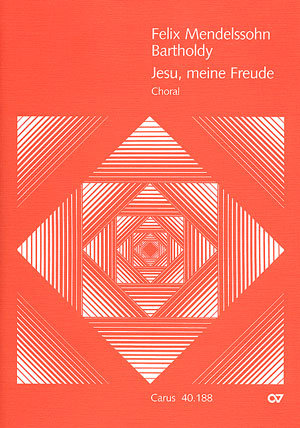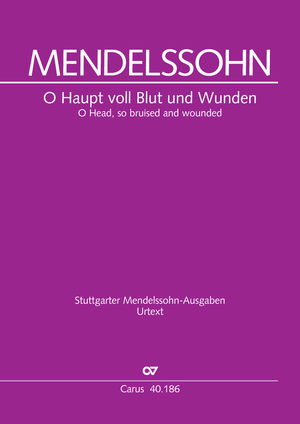
During Mendelssohns years of study with Zelter, the arrangement of chorales already played an important role, and he continued to be occupied with the protestant chorale throughout his symphonic and oratorical work. The break Bach’s works in connection with the reperformance of the St. Matthew Passion led to a series of cantatas based on well-known chorale melodies for choir, instruments, and sometimes also for soloists.
Purchase
Additional product information
Contents
-
Composer
Felix Mendelssohn Bartholdy
| 1809-1847
-
Editor
Oswald Bill
-
Songwriter / Librettist
Paul Gerhardt
| 1607-1676Paul Gerhardt wurde am 12. März 1607 in Gräfenhainichen bei Wittenberg geboren. Nach dem Besuch der Fürstenschule in Grimma, einer der Eliteschulen des Kurfürstentums Sachsen, begann er 1628 sein Theologie-Studium in Wittenberg. Dieser Ort – Ursprung der lutherischen Bewegung – war prägend für sein weiteres Leben. Hier erhielt Gerhardt die theologische Bildung, die Grundlage war für seine spätere Tätigkeit als Pfarrer und Textdichter. Nach seinem Studium arbeitete er als Hauslehrer und wurde 1657 Diakonus an St. Nikolai in Berlin – die nächste wichtige Station. Durch Gerhardts enge Zusammenarbeit unter anderem mit Johann Crüger und dessen Nachfolger Johann Georg Ebeling entstand ein wichtiger intellektueller und künstlerischer Kreis in Berlin. Ebeling war es auch, der eine erste vollständige Gerhardt-Ausgabe edierte: Pauli Gerhardi Geistliche Andachten (1666/67). Darin enthalten sind 120 seiner später insgesamt 137 Lieder. Allein schon aufgrund der Vielzahl seiner Liedtexte stellt Gerhardt den wichtigsten evangelischen Textdichter nach Luther dar. Personal details
Frequent questions about this work
 There are no questions and answers available so far or you were unable to find an answer to your specific question about this work? Then click here and send your specific questions to our Customer Services!
There are no questions and answers available so far or you were unable to find an answer to your specific question about this work? Then click here and send your specific questions to our Customer Services!


